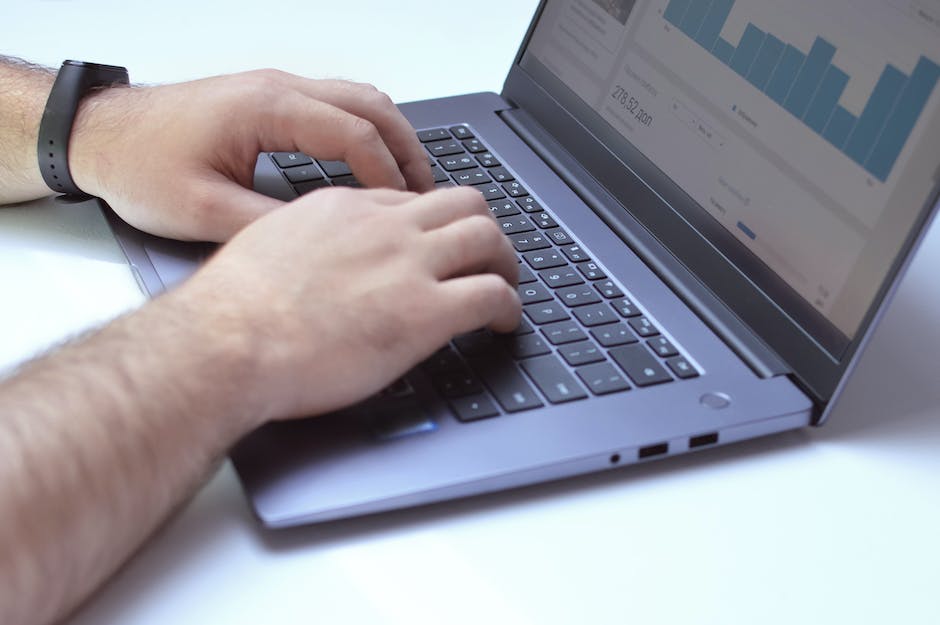Businesses today generate vast amounts of data that should be visualized and analyzed. In this case, programming languages can help to do that. This article will review the best options for efficient data analysis.
The role of programming for data analysis
Programming and data analysis are fundamental competencies in demand in the digital economy. Data analysis is the processing and transformation of large amounts of unstructured or unorganized data to generate critical information about this data that could help make decisions. Data analysis can be reduced to the sequential execution of specific actions. Therefore, data scientists need a simple but, at the same time, functional language for their work.
In working with large amounts of data, the tool is mathematical models. They help to find connections between disparate sets of information and translate it into a language understandable to a person. Data Analyst collects, processes data, and builds mathematical models. His work results in visual conclusions (diagrams or infographics) that can be used to make business decisions. The choice of programming language depends on the personal preferences of the developer. Let’s review the pros and cons of common programming languages for data visualization.
R language for Data Science
If a sufficiently educated programmer is asked about modern data processing languages, then R will invariably be in the top three, even though many do not consider it a language. Invented in 1997 as an alternative to paid MATLAB and SAS products, it gradually gained popularity. Today, Google and Facebook are using R to handle information flows that are hard to imagine. Filter, model, and represent data with just a few lines of code – it’s all about R.
R is less functional and does not allow you to create full-fledged programs. At the same time, it is more productive and efficient, explicitly concerning statistics and data analysis. It helps analysts work more effectively in various situations with its powerful tools and easy-to-use syntax. You will be able to quickly work with data arrays and create beautiful and informative graphs and visualizations to visualize the results of your work. R has functions for working with tabular data and for performing statistical analysis and training right after installation without additional packages.
The graphical representation of complex data is an integral part of the statistical analysis process, and here R goes far beyond pie and bar charts. The development of visual tools in R is based on the latest achievements in visualization. R programmers analyze data faster than users of traditional statistical packages. R scripts are easier to use in automation, create reproducible studies, and integrate into industrial systems.
Python and its capabilities
Python is one of the most popular general-purpose programming languages with much functionality. It is heavily used in system programming, web development, data analysis and visualization, scientific computing and research, business analytics, and decision-making. In some ways, it is a compromise between the sophistication of R and the ease that comes with Python. Its popularity is justified precisely by the absence of the need to use ideal algorithms for the sake of the ability to include a group of programmers who do not have special skills in the work. This technology offers countless tools for data analysis projects and can help with any task. Here are the libraries you can learn for Python:
- Scipy;
- Pandas;
- Matpolib;
- Seaborn;
- Numpy.
The syntactic feature of Python is the indentation of code blocks, which greatly simplifies the visual perception of programs written in this language.

